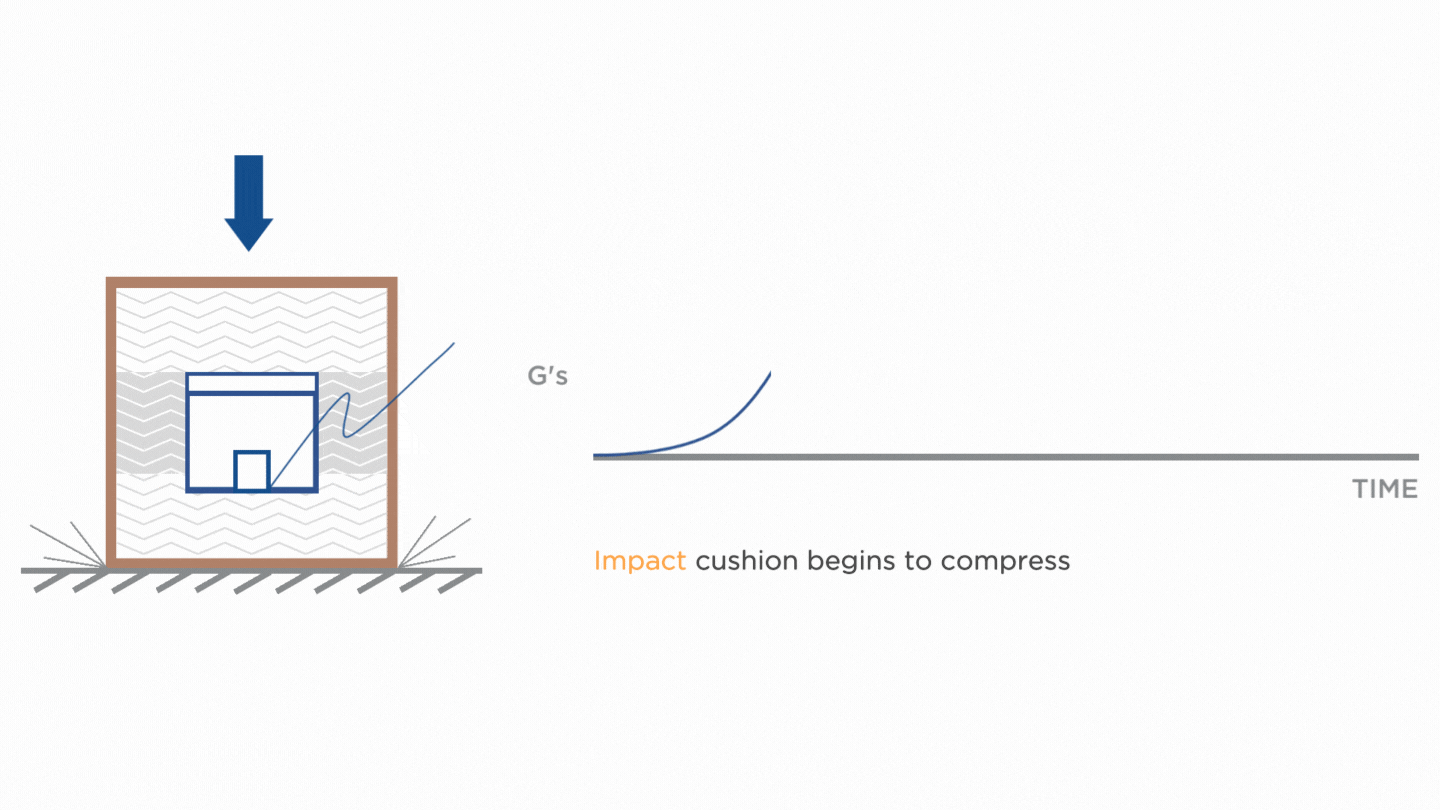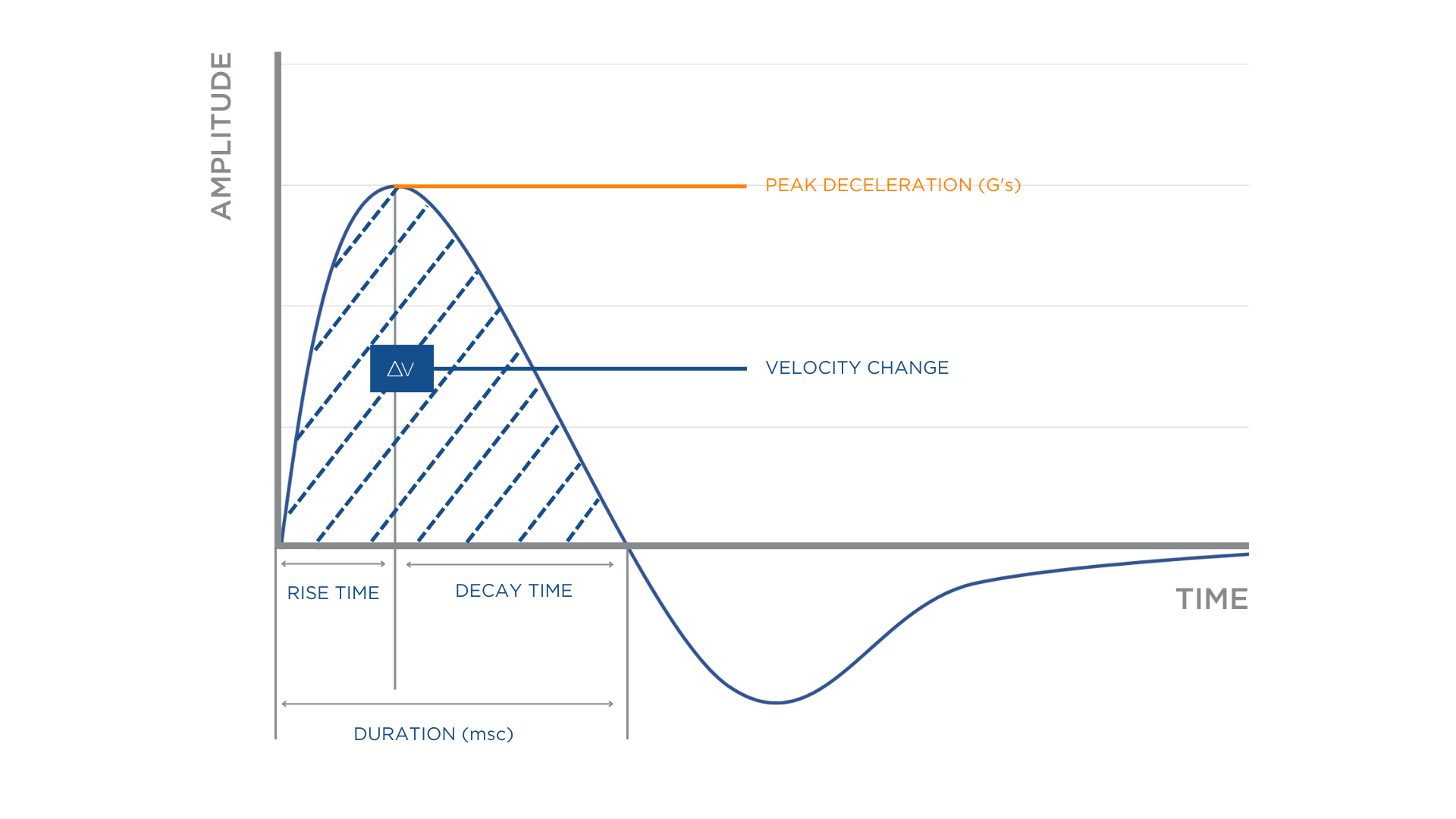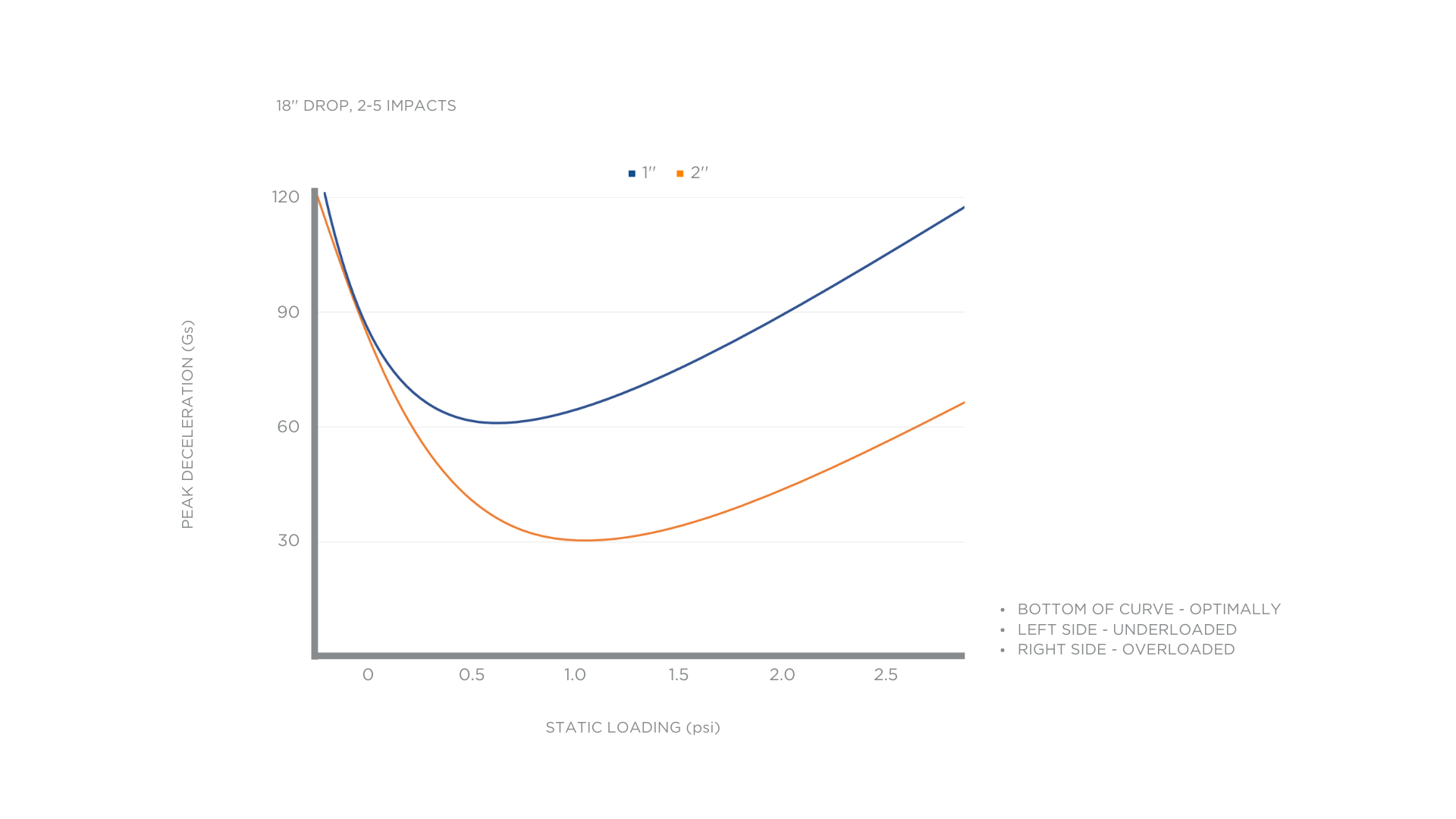- News & Insights
- 2022
- How to protect your product from shock and vibration using sustainable packaging solutions?
News & Insights
Shock and vibration
How to protect your product using sustainable packaging solutions?
All products need the right protection against shock and vibration since the transportation journey to the final destination can be unpredictable.
It is almost impossible to successfully predict all the events that may happen along the way. That is why more and more packaging companies recommend monitoring the product during the testing phase. This crucial step shortens the time required to design solutions – which ultimately saves resources in the whole product life cycle.
Follow this simple guideline to ensure that your packaging provides optimum protection and reduced concerns.
Prepare your product for the unexpected
Your product will certainly experience shock or vibration during transportation to its destination due to acceleration, dropping, lifting, pitching, and taxiing. The only solution to account for this is to select the optimal sustainable packaging to mitigate the potential damage.
To determine what type of packaging is best suited for the transportation, one needs to consider two factors: potential shock events, when two objects collide or make contact (expressed in G’s), and vibration events, arising from different energy levels and frequencies during transportation (expressed in Hz). To put it simply, the greater the movement, the greater the potential for damage.

Table presenting different levels of product fragility based on shock absorbance
Both factors are influenced by the individual product characteristics, the power of gravity, and the selected mode of transport. For example, the frequency during truck freight can vary between 2-70 Hz depending on the road structures and tires’ quality, while the frequency on the cargo floor of an airplane can reach up to 2000 Hz. Furthermore, every product has its own fragility level (expressed in G’s), meaning the maximum force its structure can withstand. Understandably, taking all of the above into account, there is no “one-for-all” packaging solution. Every case needs to be verified individually to ensure maximum protection.

The above images present a step-by-step process of freefall.
 Fundamentals of a shock pulse
Fundamentals of a shock pulse
 The above image presents the various ASTM 2016 vibration spectrums of four major modes of transportation: Truck, aircraft, rail, and ocean
The above image presents the various ASTM 2016 vibration spectrums of four major modes of transportation: Truck, aircraft, rail, and ocean
Test different factors before selecting the right sustainable solution
To determine the protection level of the packaging against shock events, it is necessary to measure the shock pulse, which consists of the rise and decay time. Knowing when the peak deceleration starts and when it ends allows us to calculate the rise time, while the decay time is the time left until the shock ends. The shape of the shock pulse allows us to understand if the cushion is designed properly and understand what type of sustainable cushioning material best absorbs the shock and protects your product during the selected transportation mode.
The best way to measure packaging protection against vibration is to determine its transmissibility. If the product and the packaging share the same natural frequencies, potential damage will likely occur (this includes fatigue, bending or abrasion). Ideally, the separation between the product and packaging should be greater than one octave (or double). Otherwise, the risk of potential damage is high.
Look at the example of the product vibration test below. The natural frequency of both the product (29 Hz) and the packaging (13 Hz) are significantly separated, which optimizes protection against vibration.
 Typical product vibration test result showing optimal frequencies between the product and its packaging
Typical product vibration test result showing optimal frequencies between the product and its packaging
 The graphic representation of a classic cushion curve
The graphic representation of a classic cushion curve
Explore the benefits of eco-friendly cushioning solutions
Knowing the fragility of your product and the requirements it must fulfill during the selected transportation mode will help you select the optimal sustainable packaging solution. The most popular shock-absorbing solutions include cushioning materials which reduces the effects during impacts. This means for a properly loaded cushion, the rise and decay time will be equal. Any other scenario may cause either overloading or underloading of the cushion, making the material vulnerable to absorb the shock. This results in the damage of the packaging content.
Once you know exactly what you need, there is still a long list of options to consider: from paper and corrugated fiberboard fillers for lower resilience and more sustainable applications, to molded, extruded or polyurethane foams for better stability, water-absorbance, fire-retardance, and reusability. Once you select the most optimal cushioning material, don’t forget to test it against shock and vibration events.

In the table above we present a short summary of the available alternatives on the market
At Nefab, we are finding new ways to achieve greater sustainability in our solutions and smarter ways to save resources while reducing the environmental impact. Together, we can pave the way for a future with less packaging waste for our customers, for society, and the environment.
At Nefab, by innovating together with our customers, we are finding new ways to save resources in supply chains.
We save resources in supply chains, for a better tomorrow.
Want to learn more?
GET IN TOUCH
Contact us to learn more about our sustainable solutions driving supply chains forward.
LEARN MORE
GreenCALC
Nefab’s own certified calculator measures and quantifies financial and environmental savings in our solutions
Sustainable Solutions
Engineered packaging for sustainable supply chains
Sustainable Materials
Fiber-based packaging and raw materials






